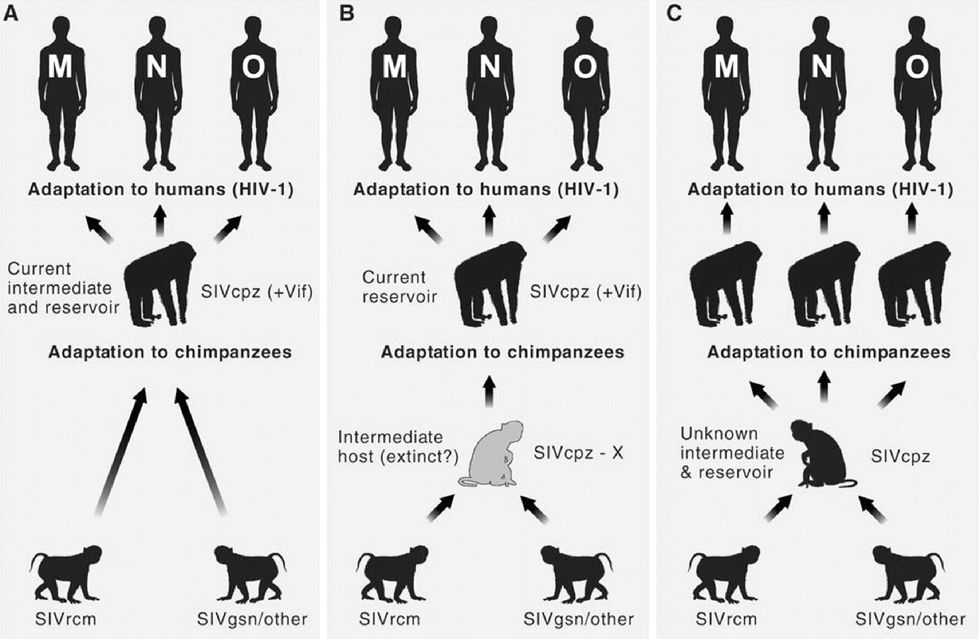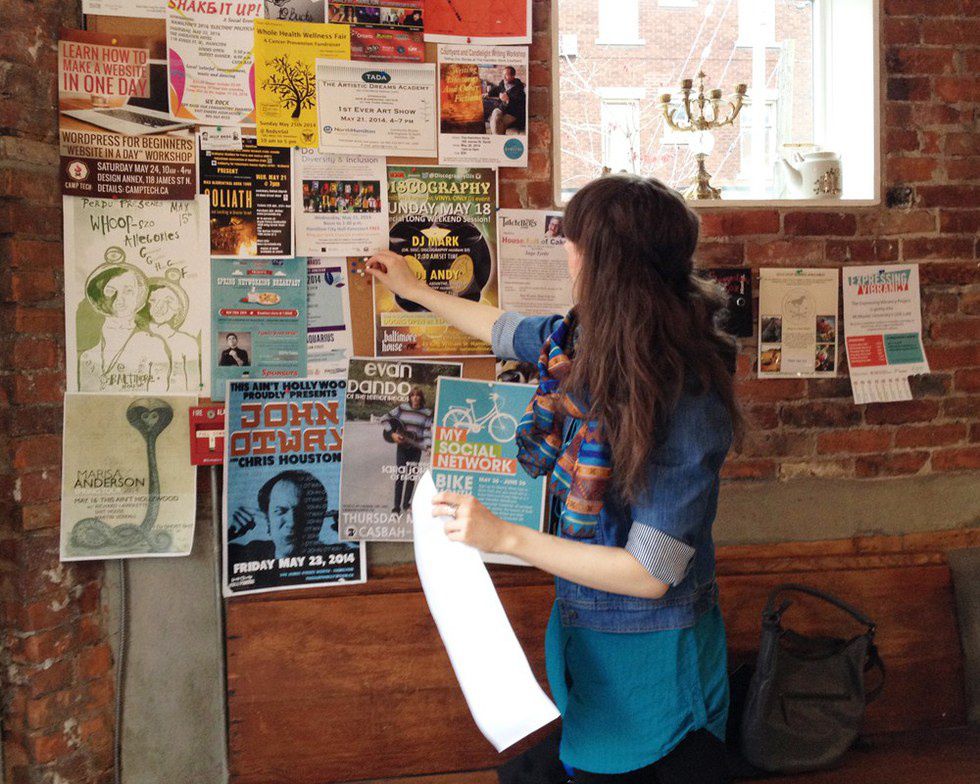This is a summary of a great article on the history of HIV and how it spread across various species eventually reaching the human. It is the best article I found on the topic and I hope that it will act as a supplement to the last article.
Source for the article: http://perspectivesinmedicine.cshlp.org/content/1/...
HIV origins summary
The article discussed the origins of HIV, including the spread of certain SIV strains to other primates as well as to humans. Additionally, the article discussed the origins of the AIDS endemic. The main ideas included the fact that HIV’s routes can be traced to similar viruses that infects monkeys and primates appropriately called simian immunodeficiency viruses, or SIVs for short. The researchers used a phylogeny of lentiviruses (shown below) that infect primates, lemurs, felines, rabbits, horses, and various livestock to trace the ancestor of HIV.
As noted in figure 2 above, one can see that HIV has since branched from its common ancestors. Since the current and previous branches for both HIV types led to SIV, one can logically deduce that their common ancestors were SIV as well. The most parsimonious conclusion would be that a single mutation happened at each branching that led to HIV, as opposed to many mutations switching from HIV to SIV. Various strains of SIV infected different species of monkeys across Africa via interactions that led to intraspecies transmissions, followed by interspecies interactions that would allow these strains to quickly evolve into viruses capable of infecting humans.
Researchers used equipment sensitive to specific viral antibodies present in urine and fecal matter to trace the SIVcpz strain present in chimps and the SIVgor strain in gorillas. This, along with phylogenetic analysis of SIVgor sequences, led researchers to believe that an interspecies interaction event between chimps and gorillas is what allowed SIVcpz to evolve into SIVgor in gorillas. As figure 6 below notes, in order for HIV to have evolved into a human virus it had to have walked an “evolutionary pathway” that involved infecting organisms that were slightly different than the last, until it was finally able to infect the humans. To elaborate further, the SIV infected monkeys would likely not succeed in infecting a human host for the sole reason that the evolutionarily gap between monkeys and humans is too significant. The gap between monkeys and chimps or even gorillas is not as large however, so there is a higher chance that monkey SIV infecting a chimp than a human.
Now that the SIV has adapted to its new chimpanzee host, it has a higher chance of infecting a human since the evolutionary gap between a chimp and human is not as large. Figure 2 illustrates this as well, one can see that the precursor to SIVgor and SIVcpzPts-the common ancestor- was possibly found in chimps. The article also highlights that HIV exists in 2 types that are not as closely related as one would think. Specifically, HIV-2 is more closely related to SIVsmm than to HIV-1, while HIV-1 was traced back to SIVcpzPtt subspecies strain from chimpanzees in central Africa. Figure 2 shows that HIV-1 and HIV-2 were simply too far apart to be closely related. Whereas HIV-2 is much closer to SIVsmm, HIV-1 was closer to SIVcpzPtt.
Host-specific adaptations have allowed the virus to overcome mutations accumulated in primitive primates. Evidence of host-specific adaptations includes analysis of viral proteomes that changed as the virus began to infect humans, and HIV-1 had reversed its host-specific signature when in a chimp. Adaptations that counteract the effects of various proteins that previously acted against SIV allowed for HIV’s effective spread. One protein in particular is tetherin, which prevents the final budding and release stages of the virus. Tetherin in humans had accumulated a mutation that would counteract the SIV’s adaptation to the protein, this ultimately led to the HIV-1 M strain’s adaptation against the tetherin mutation. Researchers also provided observations of antitetherin activity of Vpu proteins in various strains of HIV-1, which found that of the four strains (M, N, O and P) the M strain had exhibited the most antitetherin activity. Figure 6 visualizes the observations; In the case of tetherin, the Nef proteins in the SIV were able to counteract both monkey and ape tetherin. Once the viruses’ Nef proteins were rendered useless by the mutation humans had acquired in their tetherin, HIV-1 M had developed a mutation wherein their Vpu protein would efficiently counteract the humans’ mutation.
The article further highlights that the HIV-1 M strains’ adaptation against the human tetherin mutation is likely the reason for its global endemic. One point the article makes is that HIV’s success is thanks to its rapid evolution. This is due to the discovery of reverse transcriptase’s high mutability and the viruses’ short replication time. The AIDS success is also owed to the Leopoldville/Kinshasa region nursing the viral infection into the endemic it is today as well as rivers that linked the people to the chimpanzees. HIV demographic data and blood type samples from the late 50s to early 60s proves this. Analysis of the symptoms associated with different strains, reveals that some strains dominate different regions of Africa the biological effects those strains may have on individuals.



















